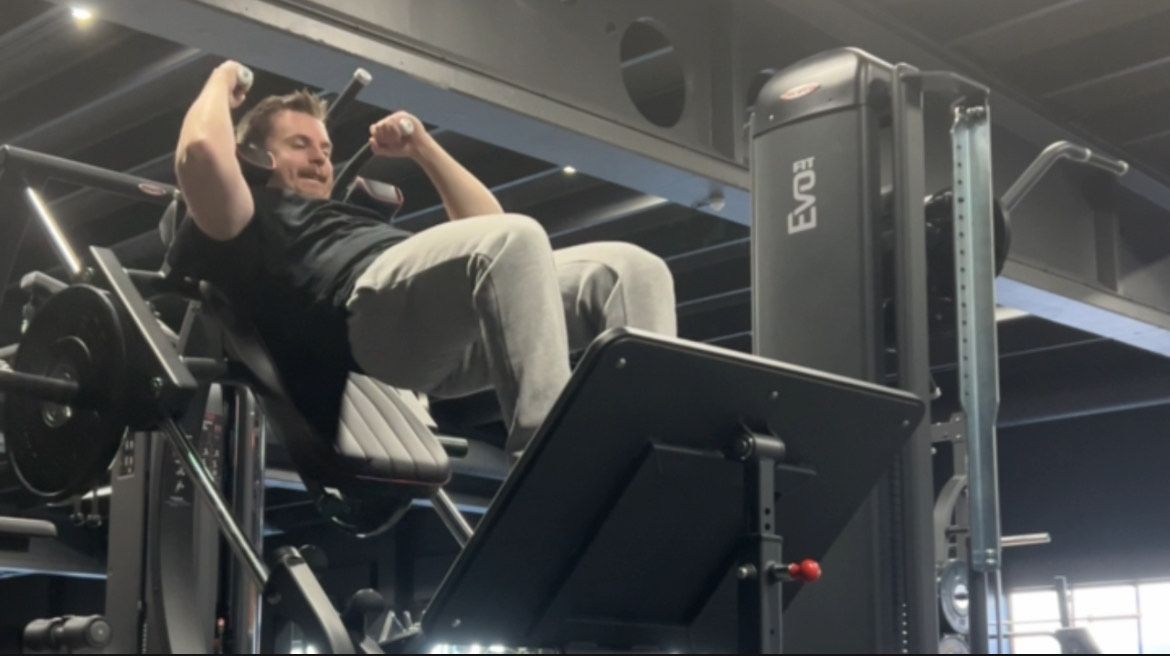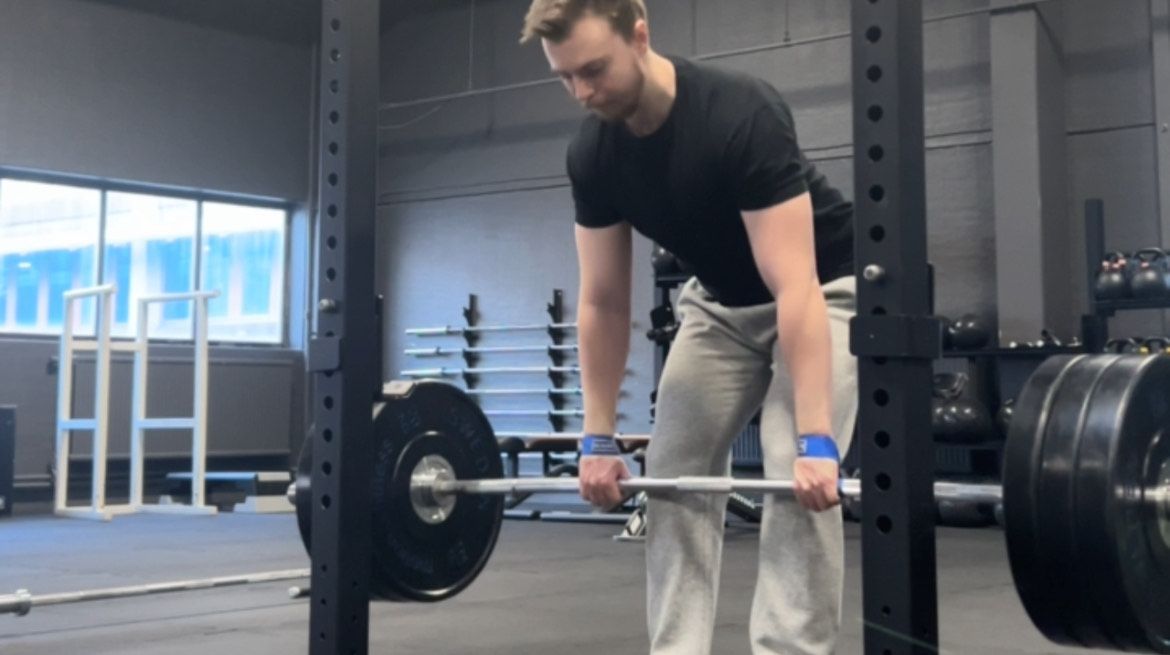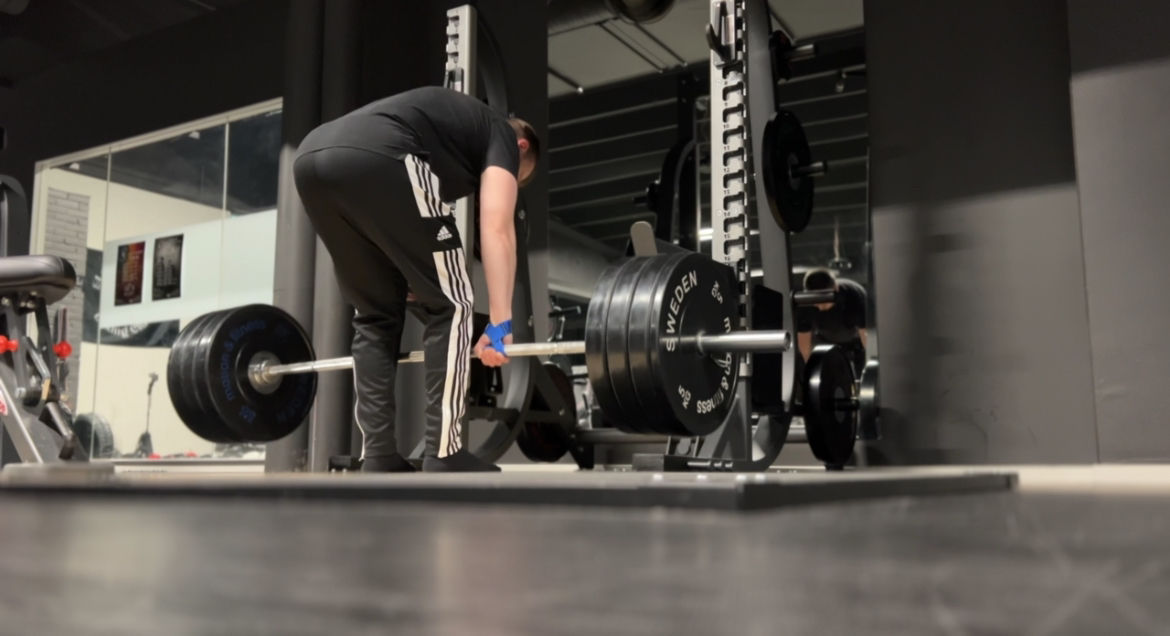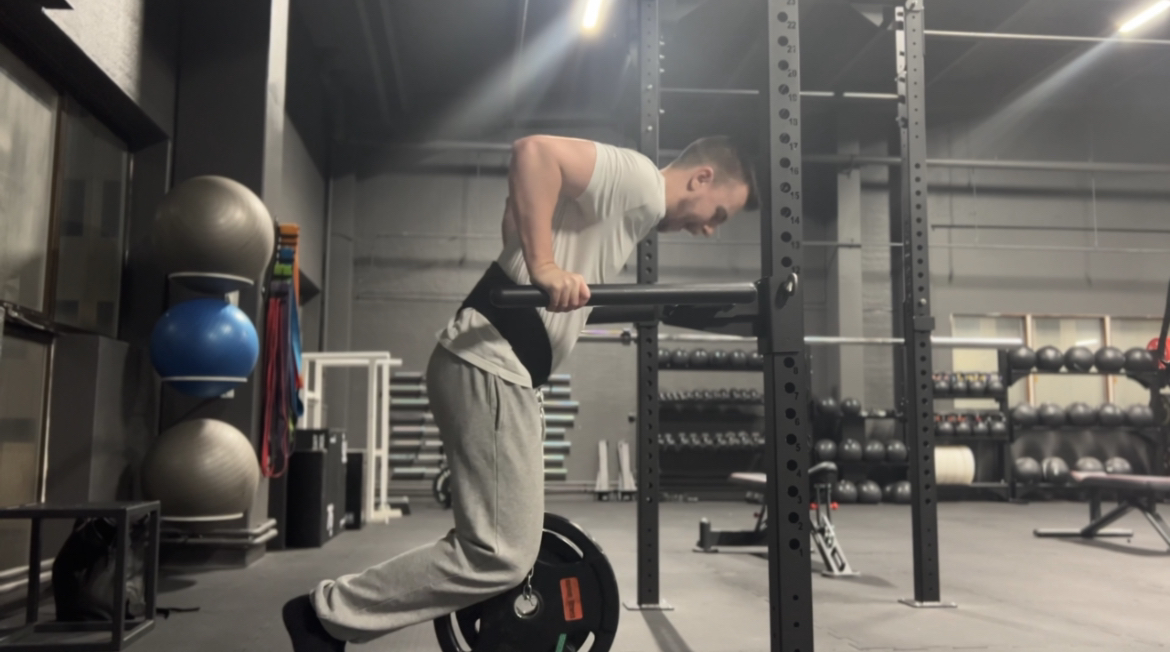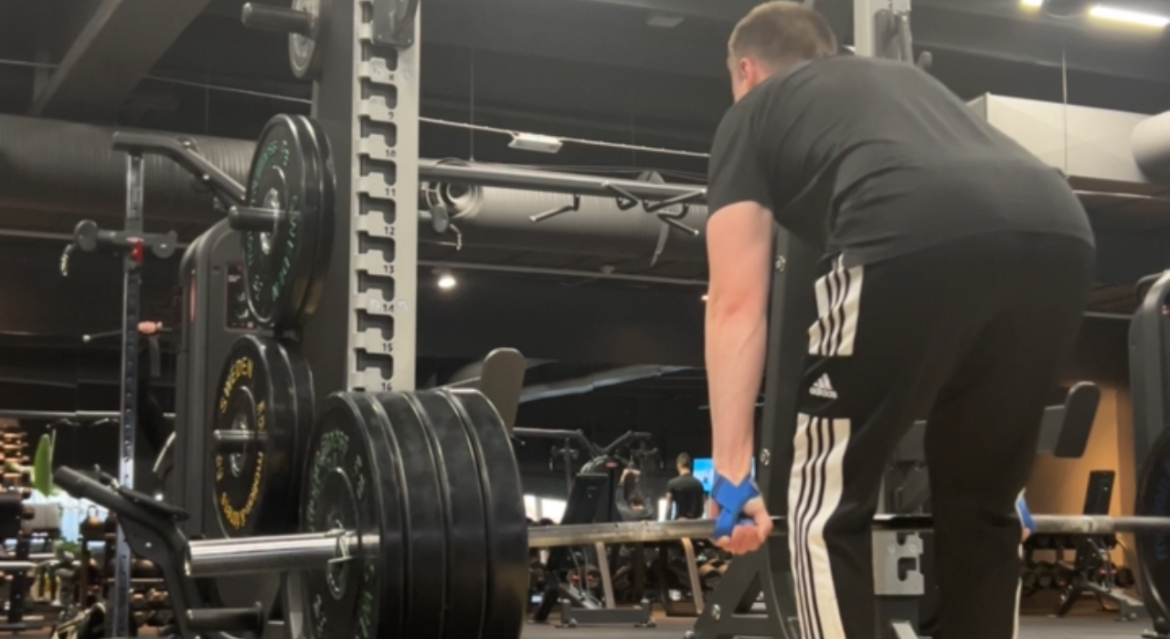How to Break Through Muscle Building Plateaus
How to start progressing in the gym again
Hitting a plateau in your muscle-building journey can be frustrating and demotivating. Despite consistent effort, progress stalls, and it feels like you're no longer gaining strength or size. However, plateaus are a common part of any fitness journey and can be overcome with the right strategies. Here’s a comprehensive guide on how to break through muscle-building plateaus and keep progressing towards your goals.
1. Reassess Your Workout Routine
One of the main reasons for hitting a plateau is that your muscles have adapted to your current workout routine. It’s crucial to regularly reassess and tweak your routine to keep challenging your body.
a. Vary Your Exercises
Incorporate new exercises that target the same muscle groups in different ways. For example, if you’ve been doing barbell bench presses, switch to dumbbell presses or incline presses to stimulate your chest muscles differently.
b. Change Your Rep and Set Scheme
Alter the number of sets, reps, and weight you’re lifting. If you usually perform 3 sets of 10 reps, try doing 5 sets of 5 reps with heavier weight or 4 sets of 12 reps with a lighter weight. This change can shock your muscles and promote growth.
2. Implement Progressive Overload
Progressive overload is the gradual increase of stress placed on your muscles during training. Without it, your muscles won't continue to grow.
a. Increase Weight
Gradually increase the weight you’re lifting. Even small increments can make a big difference over time. Aim to add weight every week or two to keep challenging your muscles.
b. Increase Volume
Volume is the total amount of weight lifted in a session (sets x reps x weight). Increasing volume can stimulate further growth. This can be done by adding more sets or reps to your routine.
3. Focus on Compound Movements
Compound exercises work multiple muscle groups simultaneously, leading to greater overall strength and muscle mass gains.
a. Prioritize Lifts
Incorporate lifts like squats, deadlifts, bench presses, and overhead presses. These exercises allow you to lift heavier weights and stimulate more muscle fibers.
b. Balance Isolation and Compound Exercises
While isolation exercises are essential for targeting specific muscles, ensure your routine is balanced with a focus on compound movements for overall development.
4. Optimize Your Nutrition
Nutrition plays a crucial role in muscle growth. Ensure your diet supports your training goals.
a. Increase Protein Intake
Protein is essential for muscle repair and growth. Aim for at least 1 gram of protein per pound of body weight daily. Include sources like lean meats, eggs, dairy, beans, and protein supplements.
b. Balance Macronutrients
Ensure you’re getting a balanced intake of carbohydrates and fats as well. Carbs provide energy for workouts, while fats support hormone production and overall health.
c. Stay Hydrated
Hydration is vital for optimal performance and recovery. Aim for at least 8-10 glasses of water a day, more if you’re training intensely.
5. Ensure Adequate Recovery
Muscles grow during rest, not during workouts. Overtraining can lead to burnout and hinder progress.
a. Prioritize Sleep
Aim for 7-9 hours of quality sleep per night. Sleep is when your body repairs and builds muscle tissue.
b. Schedule Rest Days
Incorporate rest days into your routine to allow muscles to recover. Overworking muscles without adequate rest can lead to injuries and stalled progress.
c. Use Active Recovery
Engage in light activities like walking, stretching, or yoga on rest days to promote blood flow and aid recovery.
6. Monitor Your Progress
Keeping track of your workouts, nutrition, and progress can help identify areas that need adjustment.
a. Keep a Training Log
Document your exercises, sets, reps, and weights used in each workout. This helps you see patterns and make informed adjustments.
b. Track Your Nutrition
Use apps or journals to log your food intake. Ensuring you’re meeting your macronutrient and calorie needs can prevent plateaus.
c. Measure and Assess
Regularly measure your strength gains and muscle size. Adjust your routine based on the data to keep progressing.
7. Consider Professional Guidance
Sometimes, breaking through a plateau requires an expert's insight.
a. Hire a Personal Trainer
A personal trainer can provide personalized advice, adjust your workout plan, and ensure you’re using proper form to maximize results.
b. Join a Training Program
Structured training programs designed to overcome plateaus can provide new challenges and help break through stagnation.
Conclusion
Plateaus are a natural part of the muscle-building process, but they don't have to be permanent. By reassessing your workout routine, implementing progressive overload, optimizing nutrition, ensuring adequate recovery, and monitoring your progress, you can overcome these hurdles and continue making gains. If you’re struggling to break through a plateau, consider seeking professional guidance to tailor a plan specifically for your needs.
My online personal training program offers customized workout plans, nutritional guidance, and continuous support to help you achieve your muscle-building goals. Contact me today to get started on breaking through your plateau and reaching new heights in your fitness journey!
